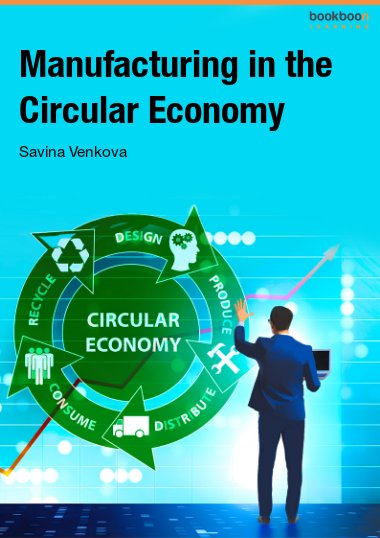This book is aimed at decision-makers in industry who have heard about circular economy, but do not know how to put it into practice. It includes: why circular is important for manufacturing, principles of circular economy, tools to evaluate circularity, information on related trends in manufacturing (e.g. digitalisation), types of lateral thinking, suggestions on how to convince others to support circularity, and case studies to inspire. It also includes two activities for the reader.
About the Author
Savina Venkova is the Circular Economy Manager at HSSMI, where she leads a team of consultants to deliver highly innovative R&D programs and transformational consultancy projects with some of the world’s leading manufacturing companies. These projects are focused on practical solutions to help companies unlock the opportunities created by the circular economy. Prior to HSSMI, Savina focused on waste management in factories, hospitals, and a major UK bank with ISS F/S. She has a Master’s in Environment & Sustainable Development from UCL and is a chartered Resource & Waste Manager. Having lived on four continents, Savina brings a nuanced, pragmatic, and people-centred approach to her initiatives.

